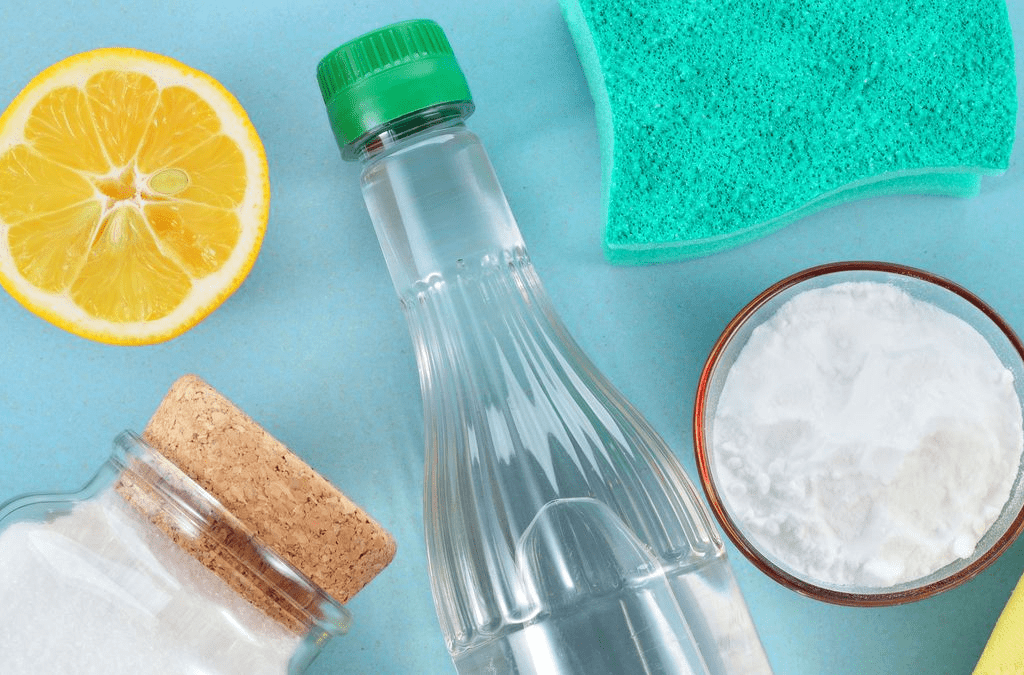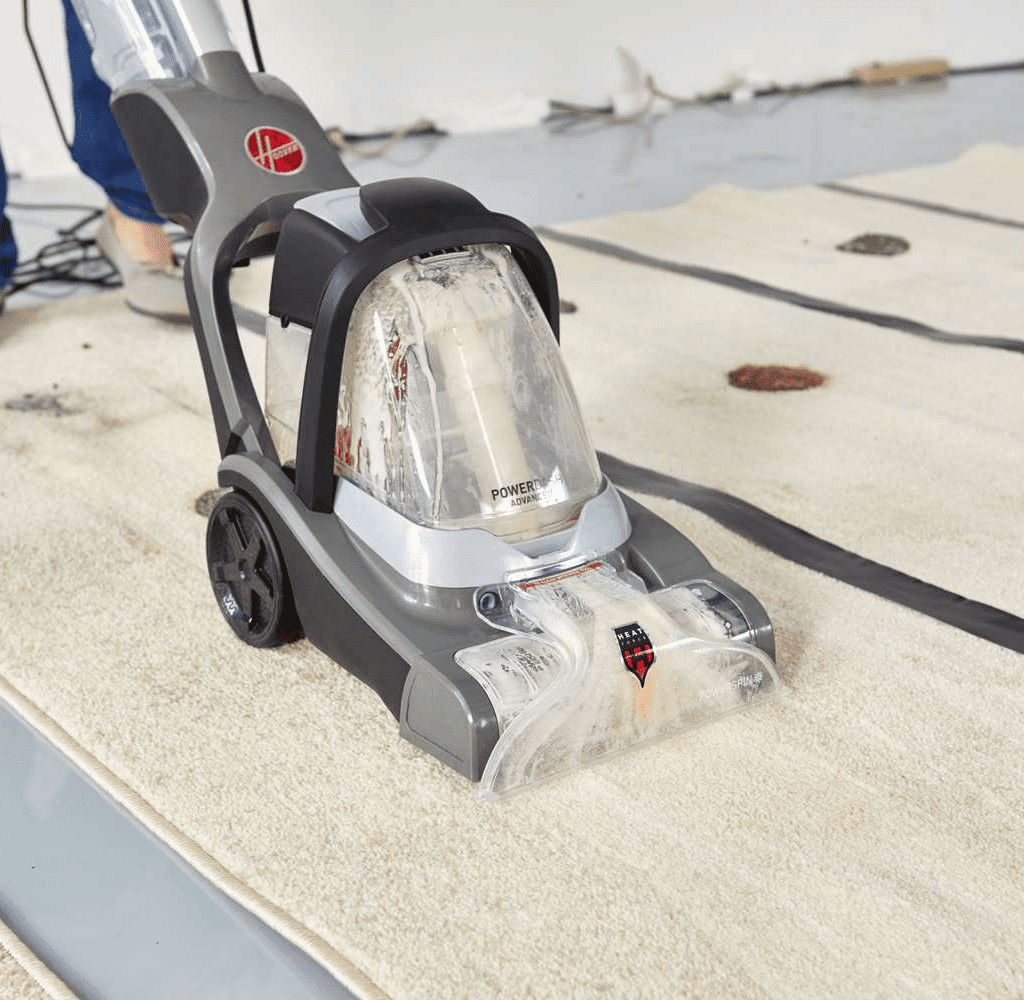Having pets brings joy and companionship to our lives, but it also comes with the occasional challenge of dealing with pet stains. Whether it’s a puppy’s accident or a cat’s hairball mishap, pet stains can be a hassle to clean up. However, with the right approach and a few handy tips, you can effectively remove pet stains and odors from your home. In this article, we’ll share eight valuable tips for cleaning pet stains, to help you conquer pet stains and keep your living space fresh and clean.
1. Understanding Pet Stains and Odors

Pets are cherished members of the family, but accidents happen. Pet stains and odors can be unsightly and unpleasant, but fear not—there are effective tips for cleaning pet stains to tackle them. Whether you’re a seasoned pet owner or a newbie, these eight tips will equip you with the knowledge to handle pet stains like a pro.
Pet stains often comprise both visible marks and lingering odors. It’s crucial to address both aspects to ensure a thorough cleanup. These stains can seep into fabrics, carpets, and even wood surfaces, making it necessary to take quick and precise action.
2. Blot, Don’t Rub: The Golden Rule
Imagine walking into a room and spotting a fresh pet stain on your carpet. Your immediate reaction might be to grab a cloth and start rubbing furiously to get rid of it. However, there’s a crucial principle to remember: blot, don’t rub. Why?
When you rub a stain, you risk pushing the liquid deeper into the fabric or carpet fibers, making the situation worse. The key is to act swiftly and gently.
Tips for cleaning pet stains are Grab a clean cloth or paper towel, place it over the stain, and apply gentle pressure to absorb as much liquid as possible. By blotting, you’re effectively lifting the stain from the surface without spreading it around, setting the stage for effective cleaning.
3. Homemade Cleaners: The DIY Approach

Sometimes, the solution to pet stains lies within the confines of your own kitchen. A simple mixture of white vinegar and water can be your go-to cleaning potion. Mix equal parts of white vinegar and water, and you’ve got yourself a natural and effective cleaner. Not only does it help remove the stain, but it’s also a great ally against odors.
However, it’s essential to perform a patch test on an inconspicuous area before you proceed to clean the entire stain. This way, you can ensure that the vinegar won’t damage or discolor the fabric or surface.
4. Enzymatic Cleaners: A Powerful Ally

For those particularly stubborn stains and odors that just won’t budge, enzymatic cleaners come to the rescue. These specialized cleaners contain enzymes that are incredibly effective at breaking down organic matter, like the proteins found in pet urine. Enzymes work by targeting and digesting these proteins, effectively eliminating both the stain and the accompanying odor.
These cleaners are a godsend for various surfaces, from carpets and upholstery to hardwood floors. They’re particularly valuable because they not only clean the visible mess but also address the underlying issue that leads to lingering smells.
5. Avoid Ammonia-Based Cleaners
Ammonia-based cleaners might seem like a viable choice due to their strong scent. However, it’s important to know that these cleaners are not ideal for pet stains. The smell of ammonia can be reminiscent of urine to your furry friend, potentially leading them to re-soil the same spot.
Furthermore, the combination of ammonia and pet urine can produce harmful gases that are detrimental to both human and pet health. To avoid complications, it’s best to opt for alternative cleaning solutions that are safe and effective.
6. Baking Soda: Nature’s Odor Absorber

Beyond its role in baking, baking soda holds the key to neutralizing odors. After you’ve blotted up the stain and the area is relatively dry, sprinkle a generous amount of baking soda over the affected spot. Baking soda has the remarkable ability to absorb and neutralize odors, leaving your space smelling fresh and clean.
Allow the baking soda to sit for a while – around 15-20 minutes should do the trick – and then vacuum it up. You’ll be amazed at the difference this simple step can make in eliminating any lingering pet-related scents.
7. Steam Cleaning: A Deep Clean Solution

For those larger areas or deeply embedded stains, it’s worth considering the power of steam cleaning. Steam not only aids in lifting the stain but also serves as a powerful sanitizer. The high temperatures of steam effectively kill germs, bacteria, and even some pests that might have made themselves at home in the fibers.
However, before you embark on a steam-cleaning adventure, ensure that the surface you’re targeting can handle the heat and moisture. Delicate materials might not fare well with this approach, so exercise caution and refer to manufacturer guidelines if needed.
8. Professional Help: When to Seek It
While DIY cleaning methods can work wonders in many cases, there are times when you might find yourself facing a pet stain that’s particularly tenacious. If your best efforts haven’t yielded satisfactory results, or if the stain has seeped into delicate materials, it’s perfectly acceptable to seek professional carpet cleaner help.
Professionals possess the expertise and specialized equipment needed to tackle even the most stubborn pet stains. They can assess the situation, choose the appropriate cleaning methods, and leave your home looking and smelling fresh.
Conclusion
Pet stains need not be a source of stress. Armed with these eight tips, you have the knowledge to effectively handle pet stains and maintain a clean, odor-free home. Remember, a little prompt action and the right cleaning techniques go a long way in keeping your living space comfortable and inviting for both you and your furry companions.
Homemade solutions can be highly effective, especially for mild stains. However, for tougher stains or deeply ingrained odors, commercial cleaners might offer more robust results.
While some household cleaners might work, it’s recommended to use cleaners specifically formulated for pet stains. These products are designed to break down organic matter and neutralize odors effectively.
For set-in stains, enzymatic cleaners are your best bet. These cleaners contain specialized enzymes that target and break down the components of pet stains, helping to eliminate both the stain and the odor.
Steam cleaning is generally safe for most types of flooring, but it’s essential to follow manufacturer guidelines and recommendations to prevent damage. Test a small inconspicuous area before proceeding.
Frequent cleaning is key, especially in areas where your pets spend a lot of time. Establish a regular cleaning routine, including vacuuming and spot cleaning, to prevent stains and odors from accumulating.

